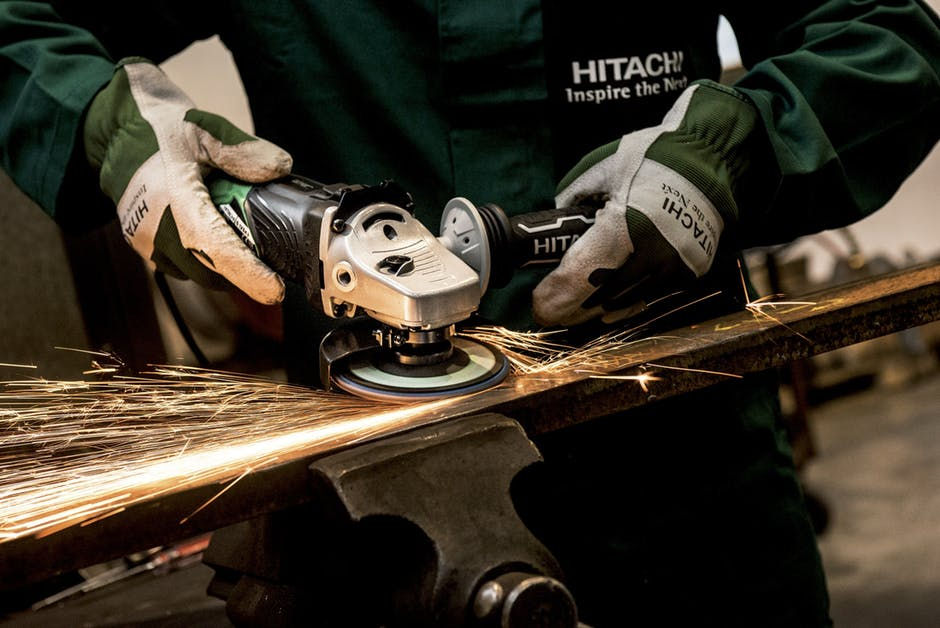Tips for Buying a Grinding Wheel
- culpeppercorey
- Apr 9, 2019
- 2 min read

There are many types of products available for an entire range of grinding applications in metalworking. Getting the wrong one can be expensive, both in cost and time, so make sure you’ve looked into every detail before you pay for anything.
When shopping for a grinding wheel in particular, the first thing to consider is the material to be ground. Based on this, you can determine the right kind of abrasive to be used in the wheel. Be excited to our most important info about Action SuperAbrasive.
For example, if you’re grinding steels and their alloys, you can use either aluminum oxide or zirconia alumina. Non-ferrous metals and cast iron, along with non-metals, are best ground using a silicon carbide abrasive.
A wheel with fine grits and a softer grade is usually used for hard but brittle materials. Hard materials counteract the penetration of abrasive grains, and that makes them dull pretty fast.
Thus, with a combination of a finer grit and a softer grade, abrasive grains can detach as they dull, exposing new, sharp cutting points. If the material you want to grind is ductile and easily penetrable, you should go for a wheel with a coarse grit and a hard grade.
Another thing to be considered when shopping for a grinding wheel is how much stock must be removed. Since coarser grits can penetrate more and make heavier cuts, stock removal becomes faster too. But if the material is too tough, you can use a slightly finer grit wheel, which has more cutting points, for faster cuts. Check out the large grinding wheel.
For fast cutting, you can use a wheel with vitrified bonds. For smaller stock removal or if finish requirements are higher, choose resin, shellac or rubber bonds.
When picking a wheel bond, also consider the wheel speed in operation. Vitrified wheels should only run at a maximum of 6,500 surface feet per minute or the bond could break. Organic bond wheels enjoy the most demand, running anywhere from 6,500 to 9,500 surface feet per minute.
If a higher speed is needed, wheels can be custom-made for the specific purpose. Whatever the case, always check the safe operating speed - usually in rpm or sfm - indicated on the wheel or its blotter, and make it a point never to go beyond it. Pick out the most interesting info about grinding wheel at https://www.ehow.com/list_7433123_hazards-there-using-grinding-wheel_.html.
Before buying a grinding wheel, also check the grinding area of contact between it and the material to be ground. A larger area calls for a coarser grit and a softer grade to ensure a free-flowing cut. Now determine the grinding action’s severity, or the pressure that holds the wheel and the workpiece together. Keep in mind that the ability of abrasives to endure grinding conditions varies, depending on how they are made.
Lastly, check the grinding machine’s horsepower. Harder grade wheels are generally used with higher-horsepower machines. A softer grade wheel is better to use if wheel diameter exceeds horsepower. Otherwise, get a wheel with a higher grade.



Comments